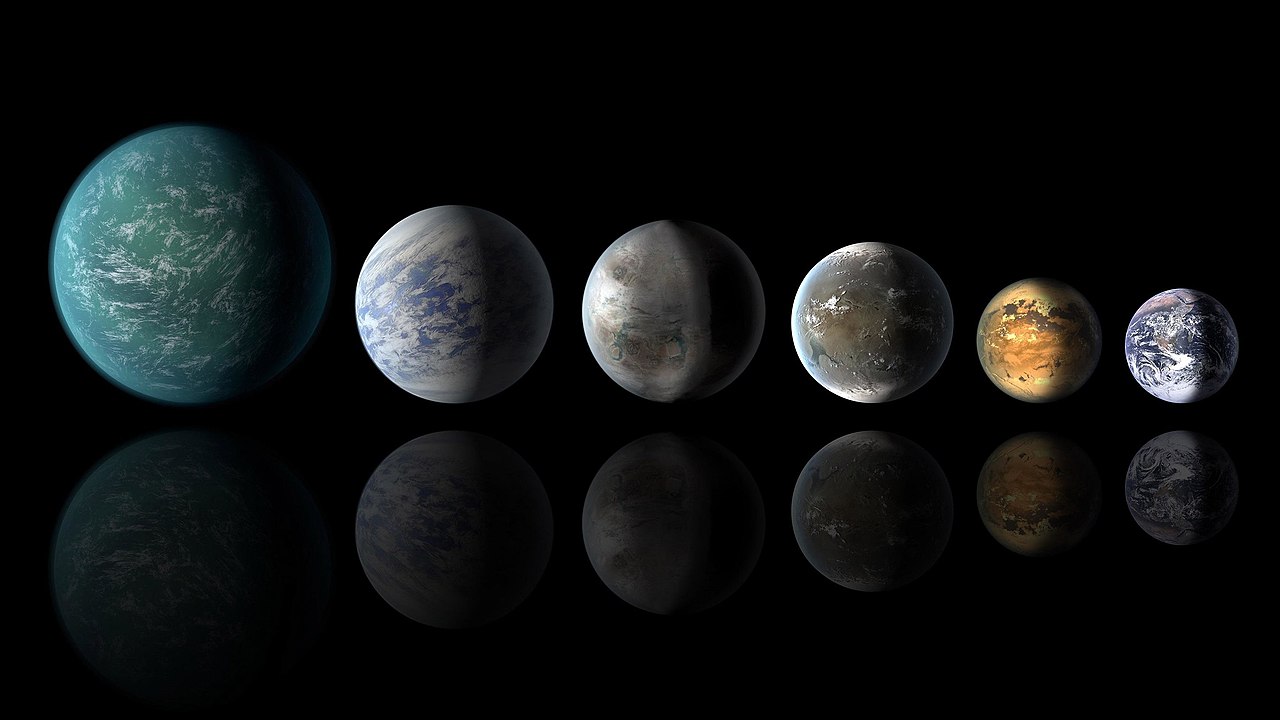
The exploration and study of exoplanets have advanced significantly in recent years, leading scientists to reconsider how these distant worlds are classified. As our understanding deepens, so does the need for a more precise system that reflects the diversity and complexity of these celestial bodies.
The Evolution of Exoplanet Discovery
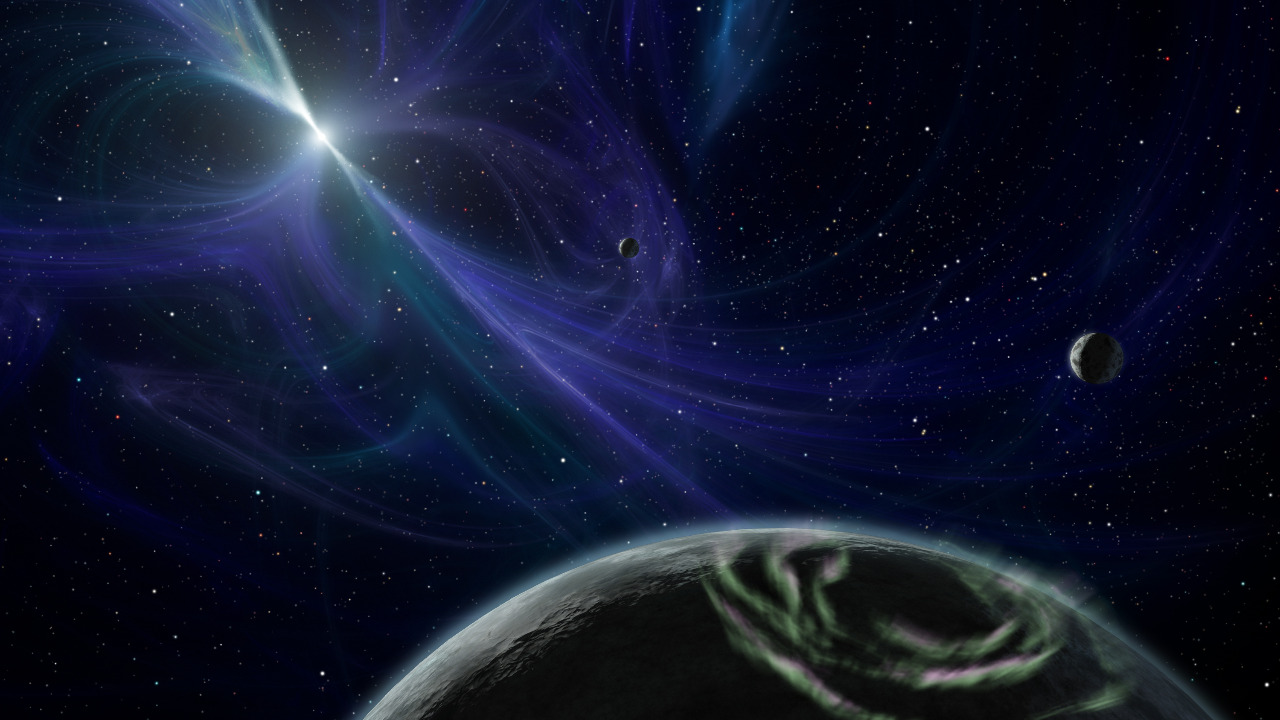
Historical Overview
The journey of exoplanet discovery began in earnest in the early 1990s with the first confirmed detections. These findings sparked a surge of interest and exploration that has continued to grow exponentially. The watershed moment came with the launch of the Kepler Space Telescope in 2009, which revolutionized our ability to detect planets outside our solar system. By observing the minute dimming of stars as planets passed in front of them, Kepler unveiled thousands of potential worlds, many of which defied prior expectations.
Technological advancements have been pivotal in this journey. Instruments capable of detecting subtle shifts in starlight, improved spectrographs, and enhanced computational methods have expanded our ability to catalog these distant worlds. As a result, the field has shifted from mere detection to detailed characterization, providing unprecedented insights into the nature and variety of exoplanets.
The Need for Reclassification
The initial classifications of exoplanets were based on limited data, primarily focusing on size and orbital characteristics. However, as the volume of discoveries increased, it became evident that these early categories were insufficient. For instance, the distinction between gas giants and terrestrial planets often blurred as intermediate types, like sub-Neptunes and super-Earths, were identified. These findings underscored the need for a more nuanced classification system that acknowledges the diversity observed.
The surge in data from missions like Kepler and ongoing observations necessitates a reevaluation of how we classify exoplanets. This evolving understanding is driven by a desire to accurately reflect the complexity of these celestial bodies, incorporating factors such as atmospheric composition and host star properties. This shift emphasizes the importance of developing classifications that can adapt to new discoveries and insights.
Current Classification Systems
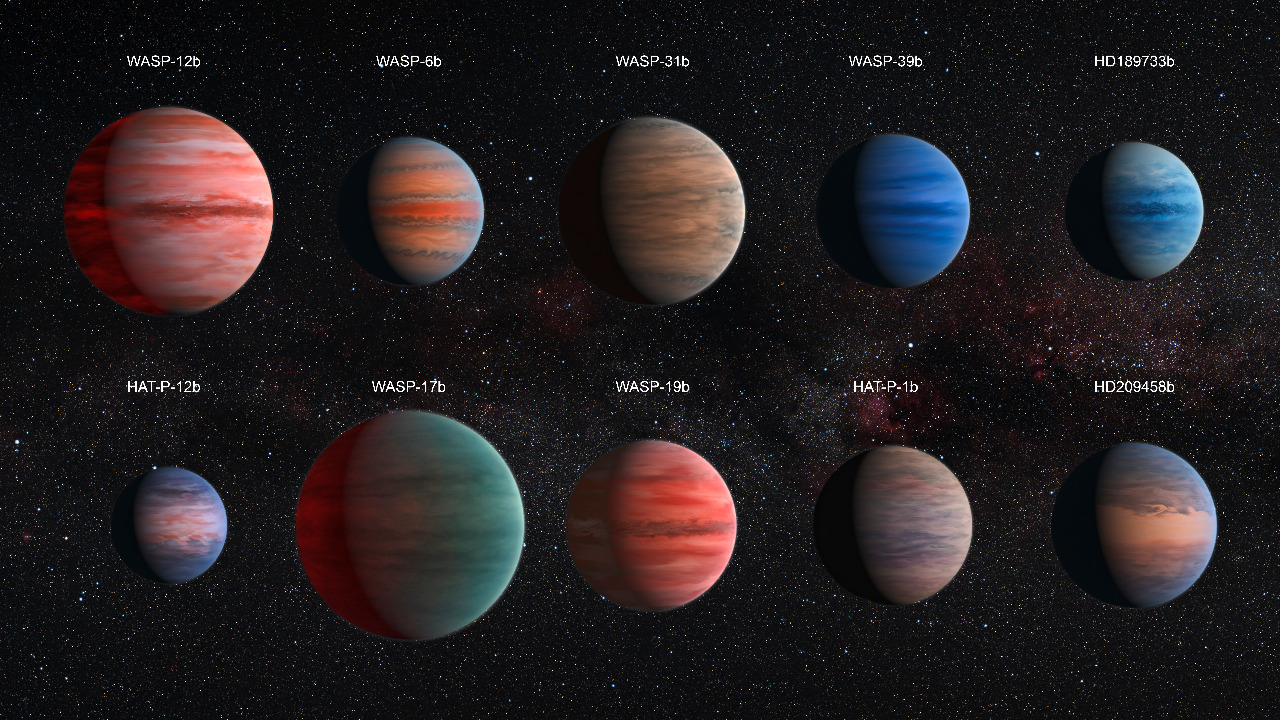
Traditional Categories
Traditionally, exoplanets were grouped into broad categories such as Hot Jupiters, Super-Earths, and terrestrial planets. These classifications were based primarily on size and orbital distance, providing a rudimentary framework for understanding exoplanetary systems. However, as more exoplanets have been discovered, the limitations of these categories have become apparent. They often fail to capture the diversity and complexity that have been revealed through continued observation and analysis.
The traditional system’s simplicity sometimes obscures critical differences between planets, such as atmospheric composition, geological features, and magnetic fields. As a result, there has been a growing recognition of the need to move beyond these basic categories to better understand the plethora of worlds that exist beyond our solar system.
Emerging Classification Models
In response to these challenges, researchers have proposed new classification models that consider additional factors like atmospheric composition, host star characteristics, and planetary formation history. These models aim to provide a more comprehensive understanding of the wide range of exoplanets. For instance, recent studies published in the Planetary Science Journal highlight the importance of integrating these additional dimensions into classification systems.
Academic contributions play a crucial role in shaping these emerging models. By incorporating a broader range of characteristics, scientists can develop a more accurate and nuanced understanding of exoplanets, paving the way for more targeted exploration and study of these distant worlds.
Scientific Implications of Reclassification

Improved Understanding of Planetary Formation
Refined classification systems offer valuable insights into the processes of planetary formation and evolution. By examining the diverse characteristics of exoplanets, scientists can develop more robust models that explain how these worlds form and change over time. This enhanced understanding also improves our ability to predict the properties of unobserved exoplanets, contributing to a more comprehensive view of planetary systems across the galaxy.
Reclassification efforts are instrumental in enhancing predictive models of planetary systems. By considering a wider range of factors, researchers can better understand the dynamics of planetary formation, leading to more accurate predictions about the types of planets that might exist around different stars.
Implications for the Search for Life
The quest to identify habitable exoplanets is closely tied to classification efforts. By refining our understanding of the conditions necessary for life, scientists can more effectively target their search for Earth-like planets within the habitable zone of their stars. This targeted approach increases the likelihood of discovering planets that could support life, both as we know it and in potentially unfamiliar forms.
Identifying Earth-like planets is crucial for understanding the potential for life beyond our solar system. Refined classification systems help prioritize targets for future exploration, maximizing the chances of detecting signs of life in the universe.
Challenges and Debates in Reclassification
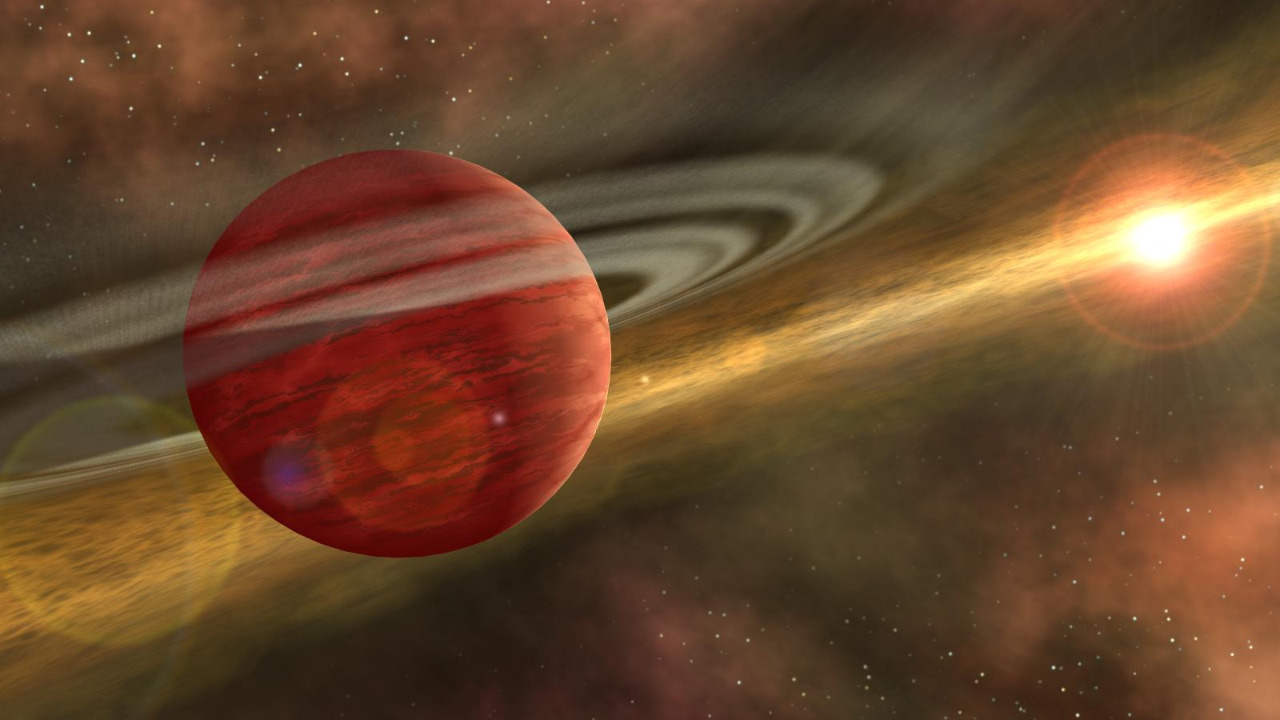
Scientific Consensus and Disagreements
Within the scientific community, there are ongoing debates regarding the criteria for exoplanet classification. While some researchers advocate for a more flexible approach that considers a wide range of factors, others argue for maintaining a simpler system that emphasizes broad categories. These differing viewpoints highlight the challenges of reaching a consensus, as the field continues to evolve with new discoveries.
Prominent viewpoints within the scientific community reflect the complexity of this issue. While some researchers call for a comprehensive overhaul of classification systems, others emphasize the importance of maintaining continuity with existing frameworks. These debates underscore the dynamic nature of the field and the importance of ongoing dialogue and collaboration.
The Role of Public Perception
Public interest and media portrayal of exoplanet discoveries play a significant role in shaping the discourse on classification. As the Pluto reclassification debate demonstrated, public perception can influence scientific discussions and decisions. The parallels between the Pluto debate and current exoplanet classification efforts highlight the importance of clear communication and engagement with the public to foster understanding and support for scientific endeavors.
Media coverage and public interest in exoplanet discoveries often center on their potential to harbor life, influencing how these worlds are perceived and discussed. By engaging with the public and addressing misconceptions, scientists can build support for ongoing research and exploration efforts.
Future Directions and Research
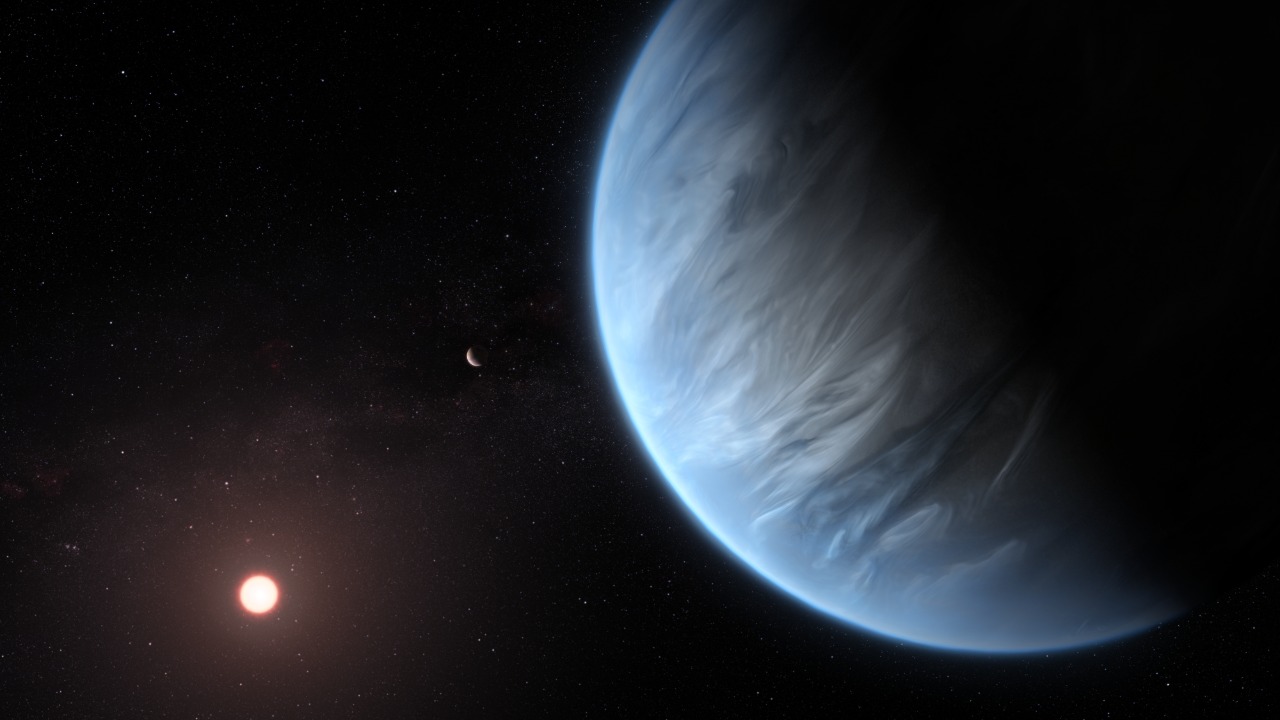
Technological Advancements
Upcoming missions and technological advancements promise to further enhance our ability to detect and characterize exoplanets. Innovations in telescope design, such as the James Webb Space Telescope, and advances in spectroscopy and imaging techniques will enable more detailed observations of exoplanetary atmospheres and surfaces. These developments are expected to provide new insights into the nature and diversity of these distant worlds.
The potential for AI and machine learning to revolutionize the analysis of vast datasets is also significant. By applying advanced algorithms to the wealth of data collected from ongoing observations, researchers can refine classifications and develop more accurate models of planetary systems.
The Quest for a Universal Classification System
One of the ultimate goals of exoplanet research is the development of a universal classification system that can be applied to all exoplanetary discoveries. Achieving this goal requires collaborative efforts among international space agencies, research institutions, and scientists worldwide. By pooling resources and expertise, the scientific community can work toward a comprehensive framework that reflects the complexity and diversity of exoplanets.
Collaborative efforts and international partnerships are key to advancing the field of exoplanet research. By working together, researchers can develop a unified approach to classification, facilitating the exchange of data and insights that will drive future discoveries and exploration.